Globes– as I like to define them, are vessels of imagination, scientific ambition, and artistic mastery, reflecting the diverse experiences of the many individuals who have fallen in love with them throughout history.
However, the burning question arises: Does a rare globe truly exist?
A World Encased in Art
Spanning centuries of craftsmanship and curiosity, globes have captivated collectors and historians alike: from the Erdapfel, the oldest known terrestrial globe, to Vincenzo Coronelli’s majestic celestial spheres and Willem Blaeu’s meticulously detailed cartographic masterpieces.
Each of these visionary creators, whose work we’ll explore in depth, contributed to a rich legacy that elevated globes into enduring symbols of exploration, artistry, and intellectual ambition.
Today, I'm thrilled to resume this practice by crafting handmade globes that embody both human significance and fantastical elements. As a globe maker, I find the prospect of reviving their essence for a new generation of collectors truly exciting.
The Erdapfel – A Medieval Vision of the World
In the late 15th century, as Europe stood on the cusp of the Age of Exploration, a German polymath named Martin Behaim created what would become the oldest surviving terrestrial globe: the Erdapfel, or “Earth Apple.”
Completed in 1492 in Nuremberg, the globe was a product of Behaim’s extensive travels and intellectual curiosity. Though he was not a navigator of Columbus’s stature, he had spent time in Portugal, absorbing the latest navigational techniques and cartographic theories.
His globe, constructed from a laminated linen ball reinforced with wood and painted by artist Georg Glockendon, reflected the geographical understanding of the time– an understanding still steeped in medieval myth and classical sources.
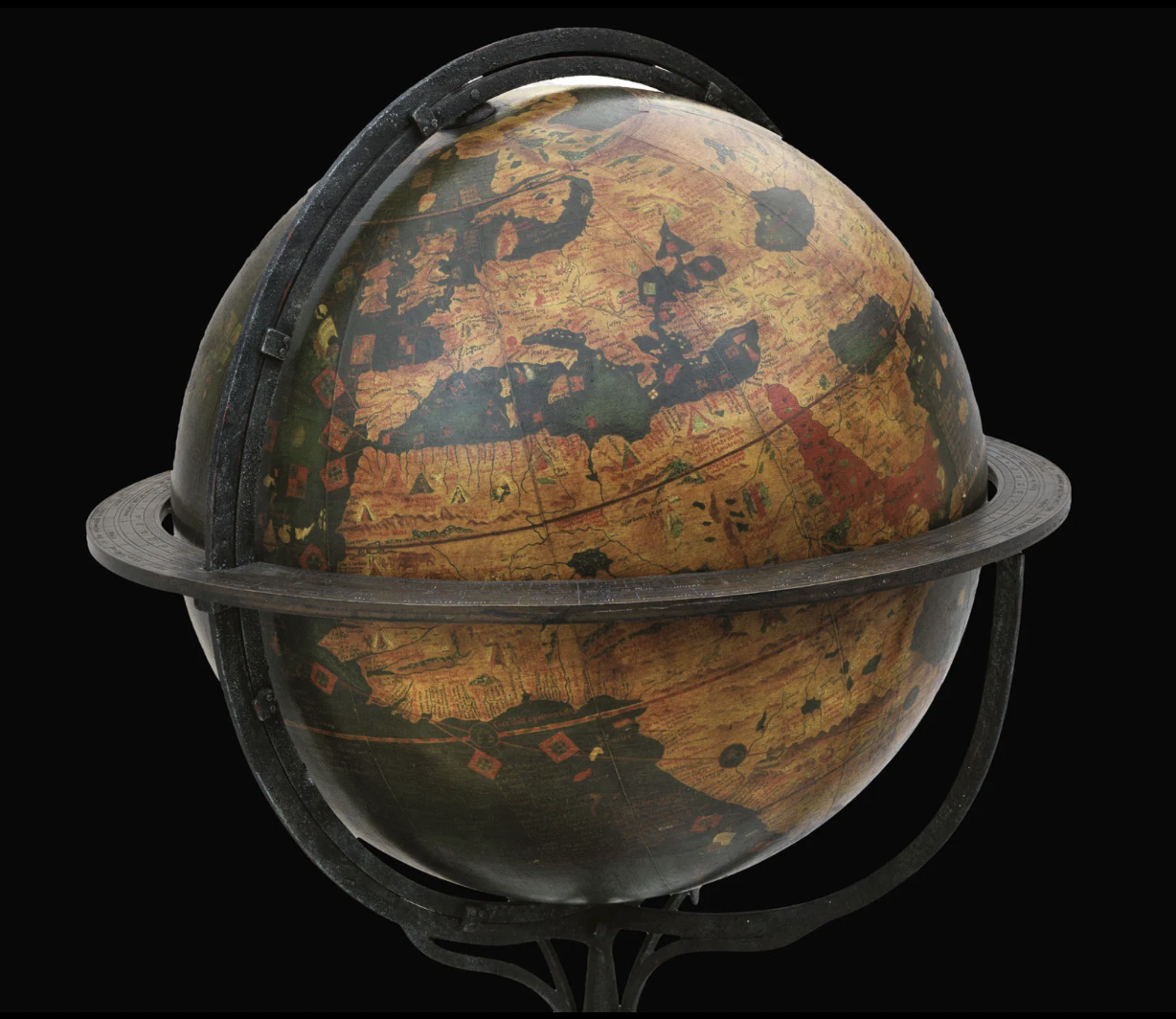
The Erdapfel is striking not only for its craftsmanship but also for its omissions. The Americas are absent, as Columbus had not yet returned from his voyage.
Instead, the globe features an enlarged Eurasian continent and a vast, empty ocean between Europe and Asia. Mythical islands like Saint Brendan’s and a distorted depiction of Cipangu (Japan) populate the seas, revealing the influence of Ptolemaic geography and the accounts of travellers like Marco Polo.
The globe’s name may have been inspired by the Reichsapfel, the “Imperial Apple” orb held among the regalia of the Holy Roman Empire, further linking it to the symbolic power of global dominion.
For centuries, the Erdapfel stood in the reception hall of Nuremberg’s town hall before being transferred to the Germanisches Nationalmuseum. It has since been digitally preserved and was recently added to UNESCO’s Memory of the World register.
For collectors and historians, the Erdapfel is more than a relic, it's a window into a world before the New World, a testament to the evolving human understanding of geography and the enduring allure of the globe as an object of wonder.
Coronelli – The Celestial Artisan of Venice
Nearly two centuries after Behaim’s Erdapfel, the art of globe-making reached new heights in the hands of Vincenzo Coronelli, a Venetian friar whose celestial and terrestrial globes dazzled the courts of Europe.
Born in 1650, Coronelli was a polymath in the truest sense: a theologian, cosmographer, and cartographer whose work blended scientific precision with baroque artistry. His most famous creations were the monumental globes commissioned by Louis XIV of France, each over 3.8 meters in diameter and now housed in the Bibliothèque nationale de France.
Coronelli’s globes were splendid theatrical displays that embodied both knowledge and power. Meticulously crafted with copperplate etching and painted with rich natural pigments, these globes depicted the vastness of the heavens and the intricacies of the Earth with breathtaking detail.
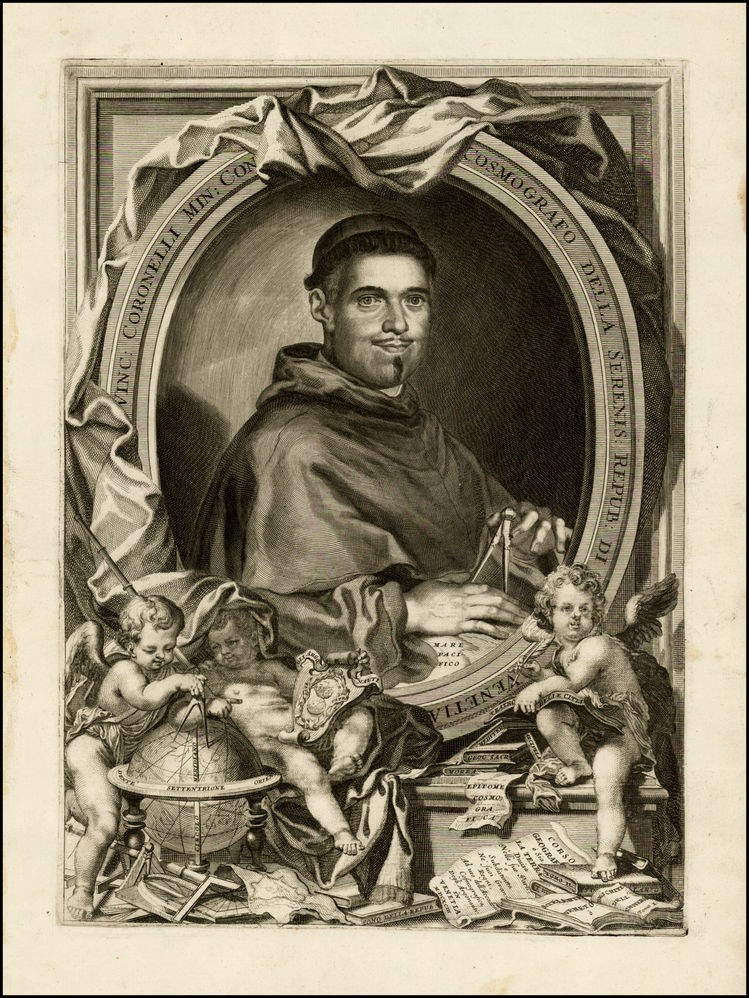
His celestial globes brought constellations to life, adorned with mythological narratives that sparked the imagination.
Meanwhile, his terrestrial orbs featured the latest geographical discoveries, complemented by intricate illustrations and elegant Latin inscriptions that told stories of distant lands.
The artist work was a testament to his profound understanding of astronomy and cartography, infused with a captivating flair for storytelling that invited viewers to explore and discover the world around them.
What sets him apart is his dedication to documenting his methods, detailing every aspect of his globe-making process, from mixing pigments to printing maps. This report became a pillar for future artisans and inspired modern globe makers like me.
Coronelli’s globes, which are rare and often found in museum collections, remain some of the most sought-after artefacts in the world of cartography. Their grandeur makes them irresistible to collectors who appreciate both beauty and historical significance.
Willem Blaeu –The Dutch Master of Precision
While Coronelli infused a sense of drama into the art of globe-making, Willem Blaeu elevated it with a meticulous blend of scientific precision and elegant design.
Born in 1571 in the Netherlands, he studied under the esteemed astronomer Tycho Brahe, who laid the foundation for his illustrious career.
He went on to establish the "Blaeu Publishing House", a name that became synonymous with the pinnacle of Dutch cartographic excellence.
His terrestrial globes were iconic, meticulously fashioned and often embellished with intricate illustrations and richly detailed text.
Each globe was a celebration of skill, capturing the dream of those who beheld it.
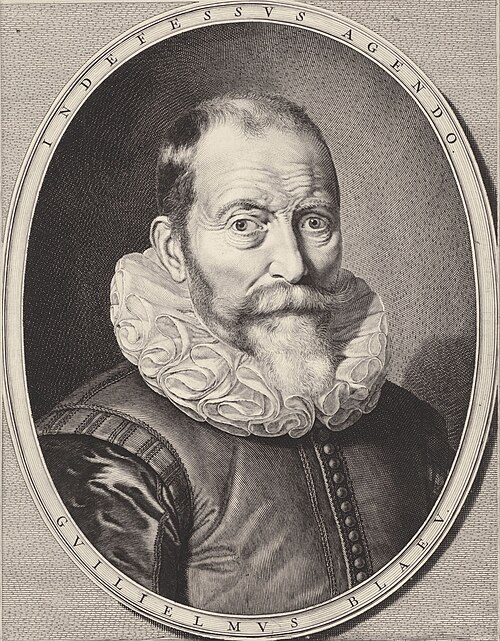
The celestial spheres, in turn, elegantly presented the constellations, striking a harmonious balance between mythological stories and precise measurements of the cosmos. His prolific work wasn't merely about enriching geographical knowledge– it was a testament to the spirit of exploration during the Dutch Golden Age.
Blaeu’s maps integrated the latest findings from intrepid Dutch explorers, serving as essential resources for navigators, scholars, and royalty alike, guiding their quests and ambitions across uncharted waters and continents. Through his dedication to clarity and artistic refinement, he truly immortalised the era’s thirst for discovery and enlightenment.
This glorious artist's legacy was carried on by his son, Joan Blaeu, who expanded the family business and created the "Atlas Maior," one of the most lavish and comprehensive atlases of the 17th century.
A Renaissance Reimagined
As digital maps dominate our understanding of geography, I offers a tactile, emotional, and historical alternative. My handmade globes aren't mere replicas, they're narrative vessels that echo the spirit of the Renaissance while speaking to contemporary themes.
My globes are crafted using 17th-century techniques, honouring Coronelli’s legacy with remarkable fidelity. He uses etched copper plates for map precision, natural watercolours from Assisi for vividness, and Fabriano paper woven on custom looms.
The finish product is achieved with shellac and larch resin, while the structure is built from jute fibre, chalk, and wood– materials chosen for their environmental friendliness and historical accuracy. Even the glue is made from starch and essential oils, following recipes found in Coronelli’s writings.
Each globe is a limited-edition piece, often reserved by collectors who value heritage, craftsmanship, and storytelling. My globes explore celestial themes, reinterpret historical maps, and offer critiques of colonial cartography. One piece, "The Map That Lied to the World" challenges Mercator’s distortion of continents and proposes alternatives like Equal Earth and AuthaGraph projections. My work is both homage and innovation: a dialogue between past and present.
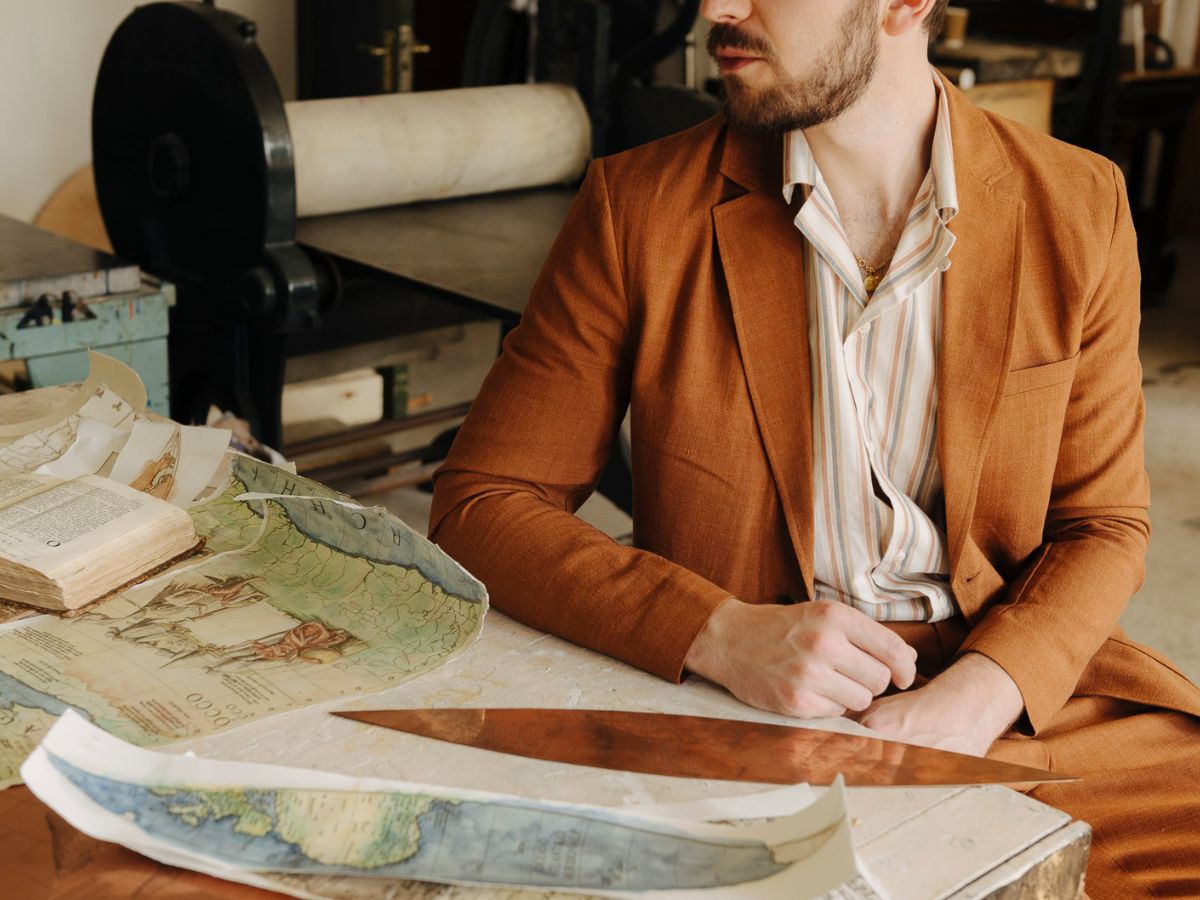
A Personal Approach to Globe Making
In a world slave of satellite imagery and digital maps, investing in a handmade globe might seem unusual. Yet, many collectors are increasingly appreciating objects that hold past and purpose. This is the experience I aim to provide through my work.
I create globes using traditional materials and techniques inspired by old artisans. These methods mirror a deep respect for the history and a desire to preserve it. Each globe is handcrafted, ensuring that no two are exactly alike. This uniqueness is what makes each piece inherently rare. Because of the time and care involved in their creation, many globes are commissioned or reserved months in advance– a demand that further underscores their exclusivity.
But rarity alone isn’t the goal. I try to make worlds that invite curiosity and reflection. They’re tools for knowledge, storytelling, and exploring ideas about geography, mythology, and mortal understanding.
Collectors and institutions have found that these globes can become meaningful centrepieces in their spaces. With their symbolic details and layered narratives, they often spark conversations and offer a sense of connection to something larger; a legacy of exploration, art, and thought.
The Collector’s Guide – Where to Find Unique Globes
Whether you're seeking an Erdapfel original or a Frigo masterpiece, the globe market offers several avenues for acquisition. Museums and archives are the first stop for heritage enthusiasts.
Recapping, the Germanisches Nationalmuseum in Nuremberg houses the Erdapfel, while the Bibliothèque Nationale de France holds Coronelli’s monumental globes. The Globe Museum in Vienna offers instead an extensive collection of curious globes and related artefacts.
Auction houses like Christie’s and Sotheby’s occasionally feature Blaeu and Coronelli globes. Provenance and condition are key, and prices often reach six figures.
Rare globes hold a unique place at the intersection of art, history, and exploration. Each one remembers the values of its time and the hands of its maker, offering more than just geographic reference.
These objects invite interest and preserve traditions that might otherwise fade. Today, their tactile presence and layered symbolism remind us that understanding the world has always been a creative pursuit, one shaped by imagination as much as measurement.
UK and Italy Compared
In the captivating realm of heritage and collectable globes, the United Kingdom and Italy present two unique, yet harmonious landscapes for enthusiasts to explore.
Each country is rich in history, with lots of cultural narratives woven into its heritage. Regardless, the distinct ways in which these countries embrace and celebrate their legacies unveil intriguing contrasts that marketers and curators can skillfully leverage.
By tapping into these varied cultural engagements, they can effectively capture traffic and ignite the interest of collectors drawn to these exquisite artefacts.
In the UK, heritage is often framed through the lens of preservation and legacy. Collectors tend to gravitate toward items that reflect the nation’s imperial past, scientific achievements, and cartographic traditions.
Antique globes, particularly those from the Georgian and Victorian eras, are prized for the stories they tell about exploration and empire.
British collectors are typically detail-oriented, valuing provenance, condition, and historical context. They’re also highly engaged with institutions, museums, auction houses, and heritage trusts that validate and elevate the status of collectable items.

Italy, by contrast, approaches inheritance with a more artisanal and emotional sensibility. There, collecting is often an act of cultural pride, rooted in regional identity and aesthetic appreciation.
Italian collectors are drawn to objects that reflect the country’s legacy, artisanal traditions, and design excellence. A globe in Italy might be valued not just for its age or rarity, but for its base carved from Tuscan olive wood, or its hand-painted surface inspired by Venetian frescoes.
The Italian market is also seeing a surge in younger collectors: millennials and Gen Z, who are learning heritage through digital platforms and entry-level auctions.
To bridge these markets, a cross-cultural strategy can be highly effective. Articles that compare British and Italian collecting styles, guides that explore the evolution of globe-making across Europe, and features on notable collectors from both countries can draw in a broader audience.
Ultimately, success lies in crafting a digital experience that mirrors the tactile joy of collecting: rich in detail, evocative in tone, and respectful of the heritage each object represents.
By understanding the cultural nuances of these two collector communities, brands and curators can position themselves not just as sellers of objects, but as stewards of history, connecting people to the past through the beauty of the globe.
Coming Together
A globe’s journey offers a fascinating glimpse into humanity’s evolving understanding of the world and its place within it. From Martin Behaim to Willem Blaeu to Vincenzo Coronelli, prestige fused astronomical insight with handcrafted artistry, transforming spherical models into instruments of knowledge and distinction.
These instruments are more than mere historical curiosities: they're cultural milestones that trace the intersection of discovery, ambition, and imagination. They remind us that the globe, as an object, is not static but dynamic: a canvas for the known and the unknown, constantly revisited as horizons expand.
Retracing its history, we discover stories of explorers, scholars, and artisans who dared to shape the world in miniature, a testament to human curiosity and the undying desire to understand the vastness of our planet.
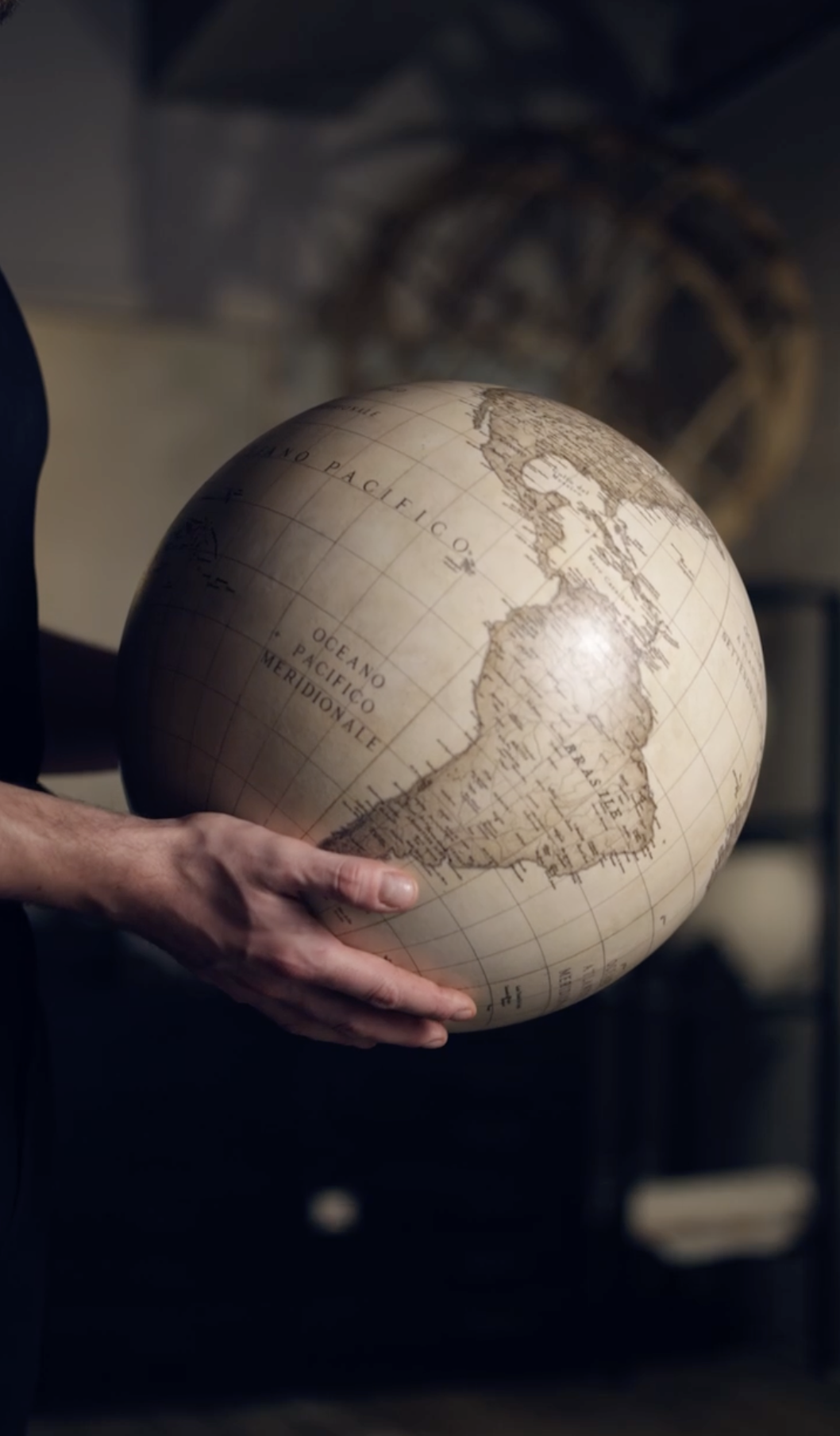

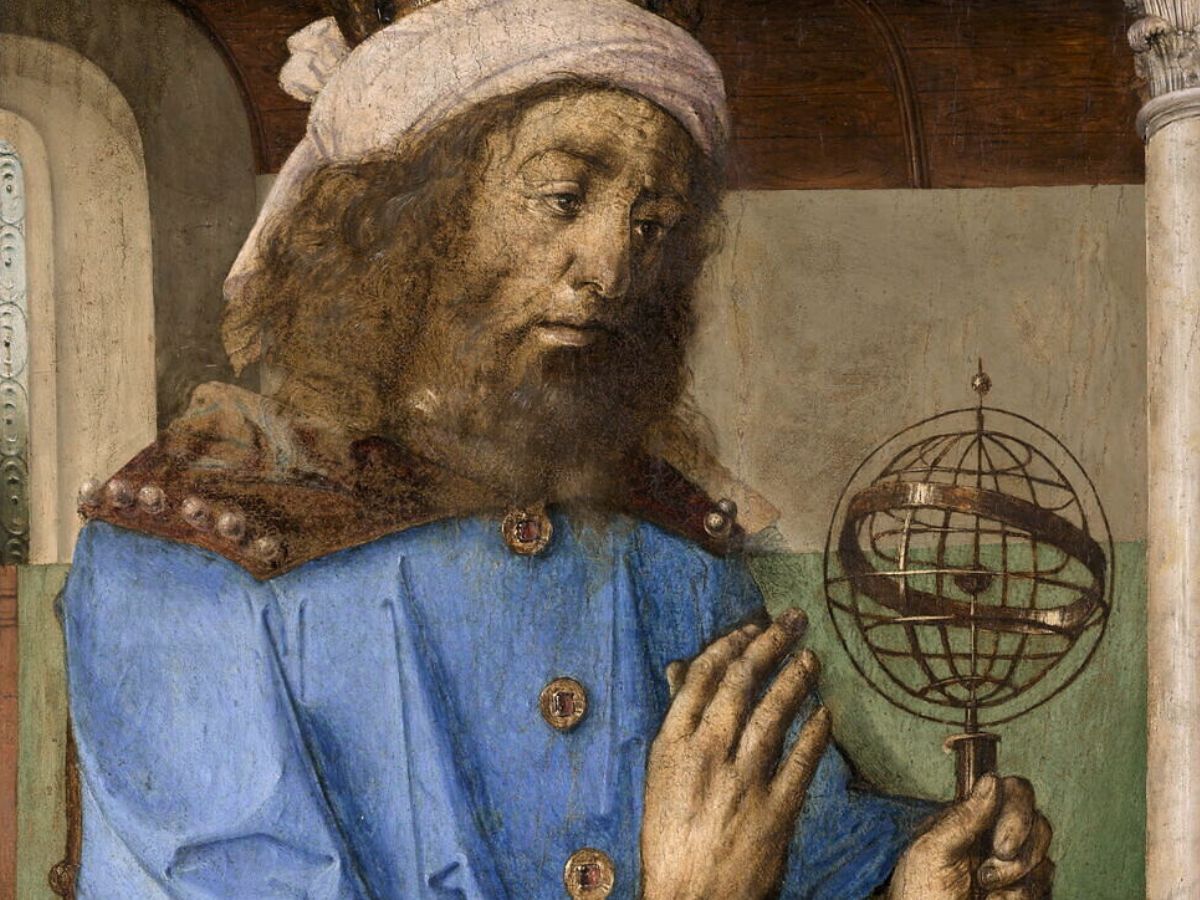

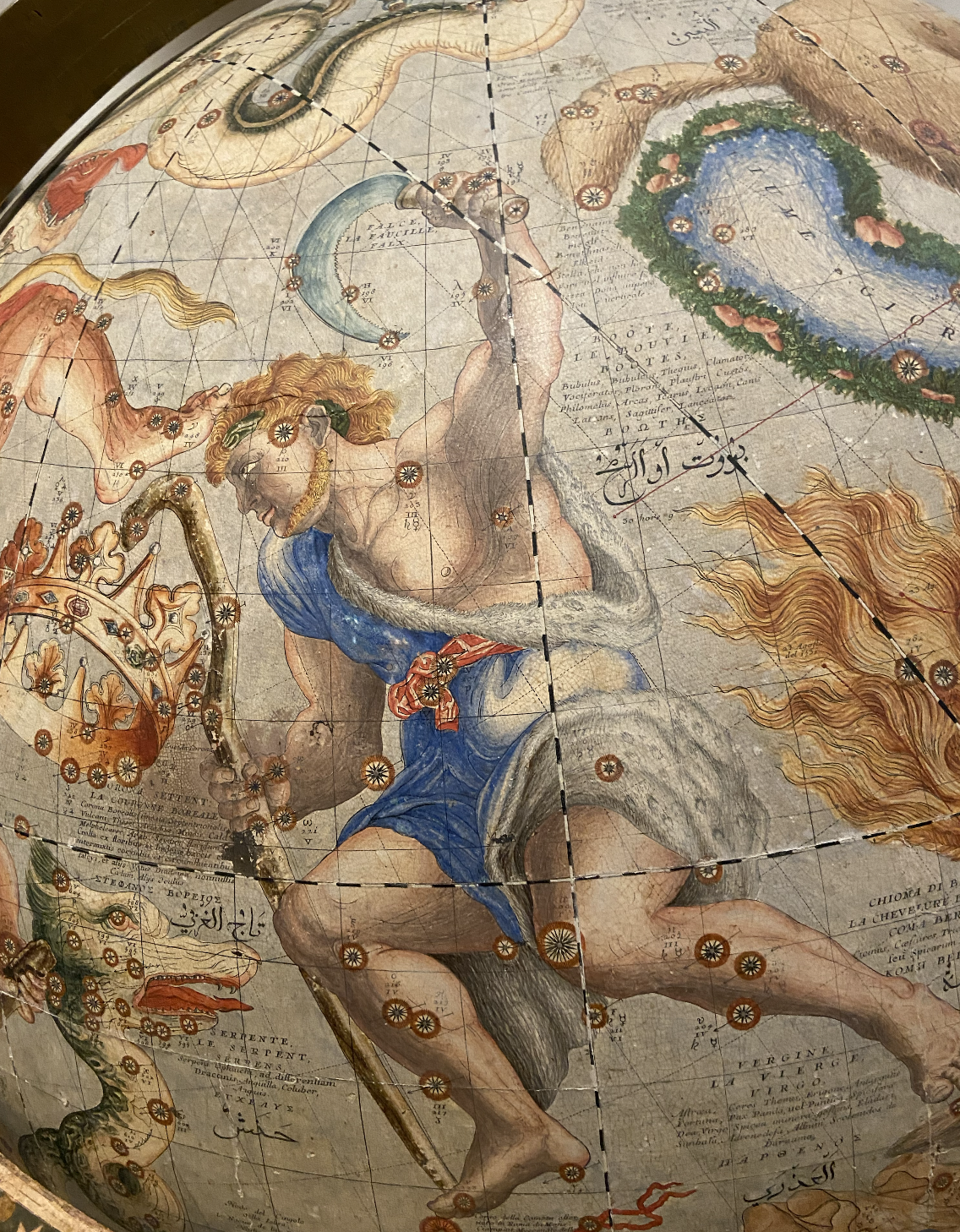
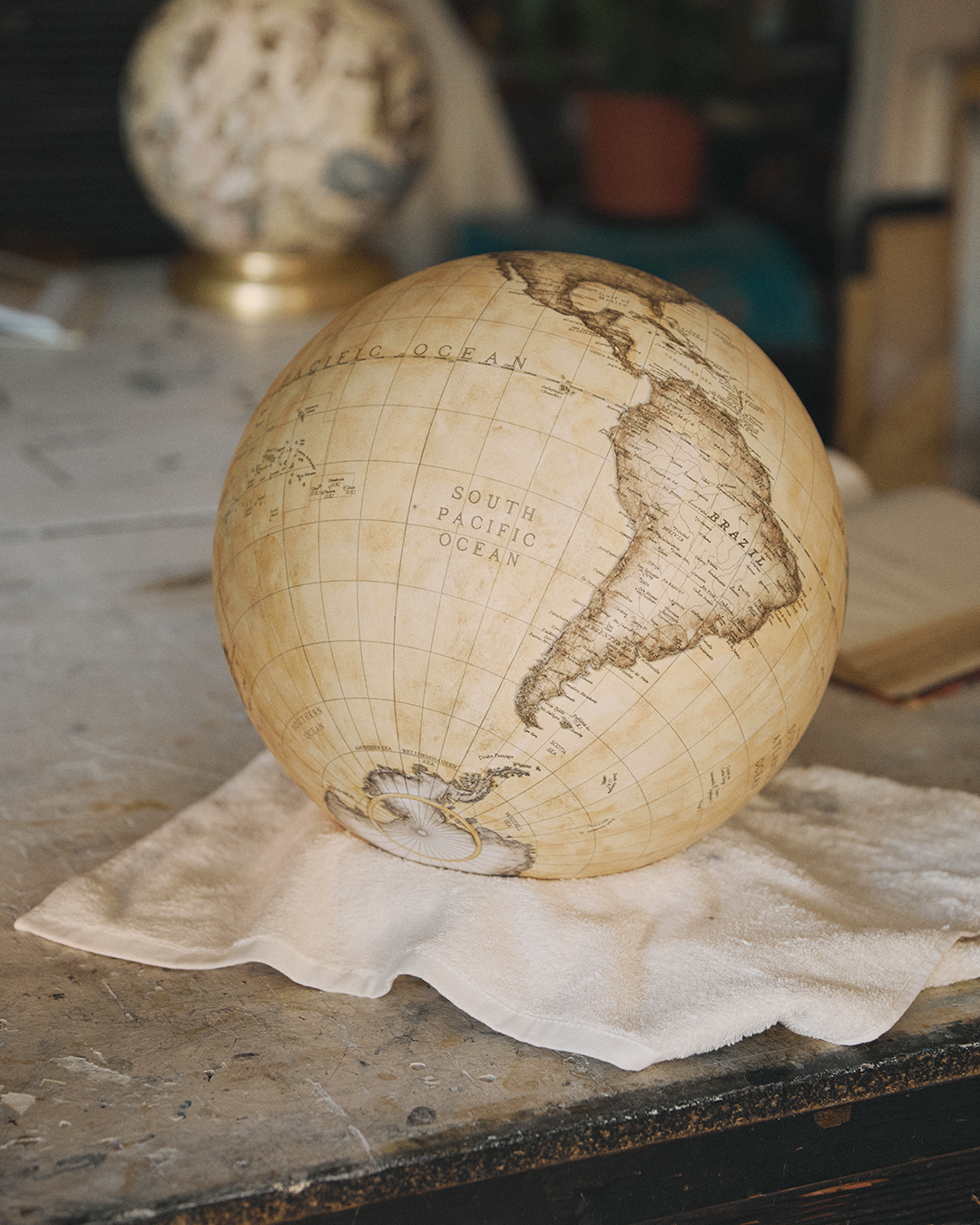

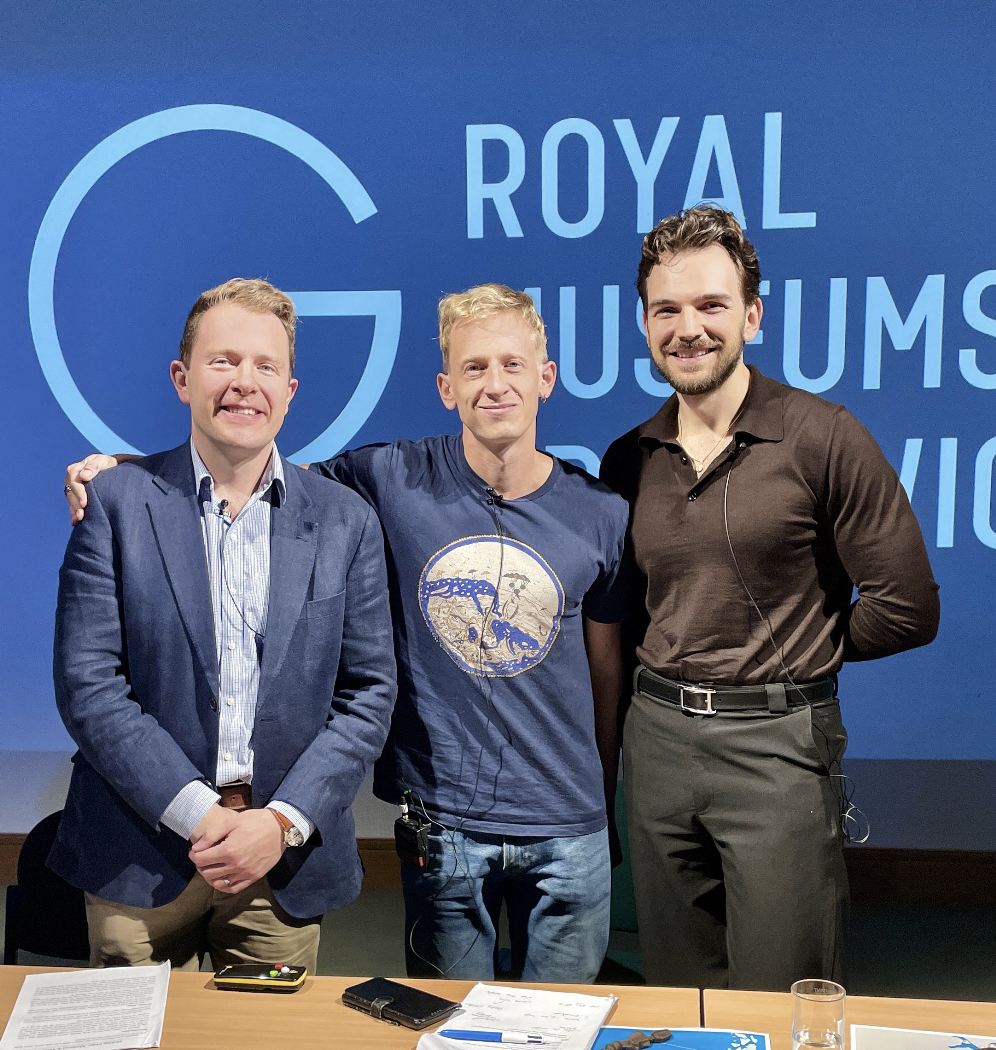
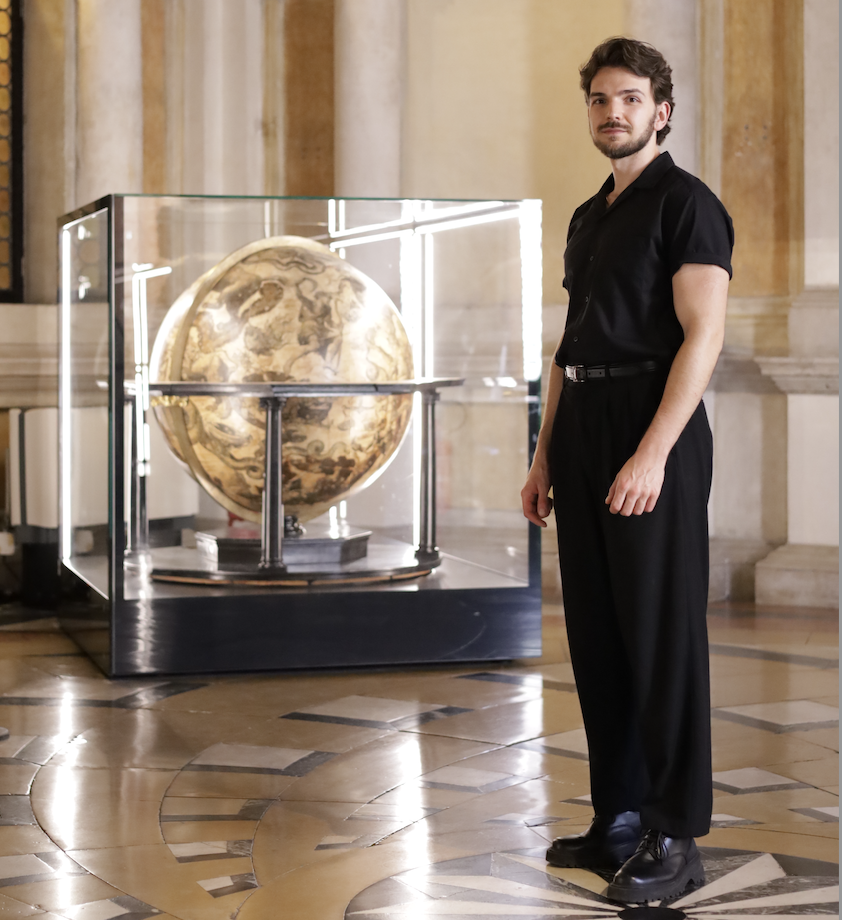


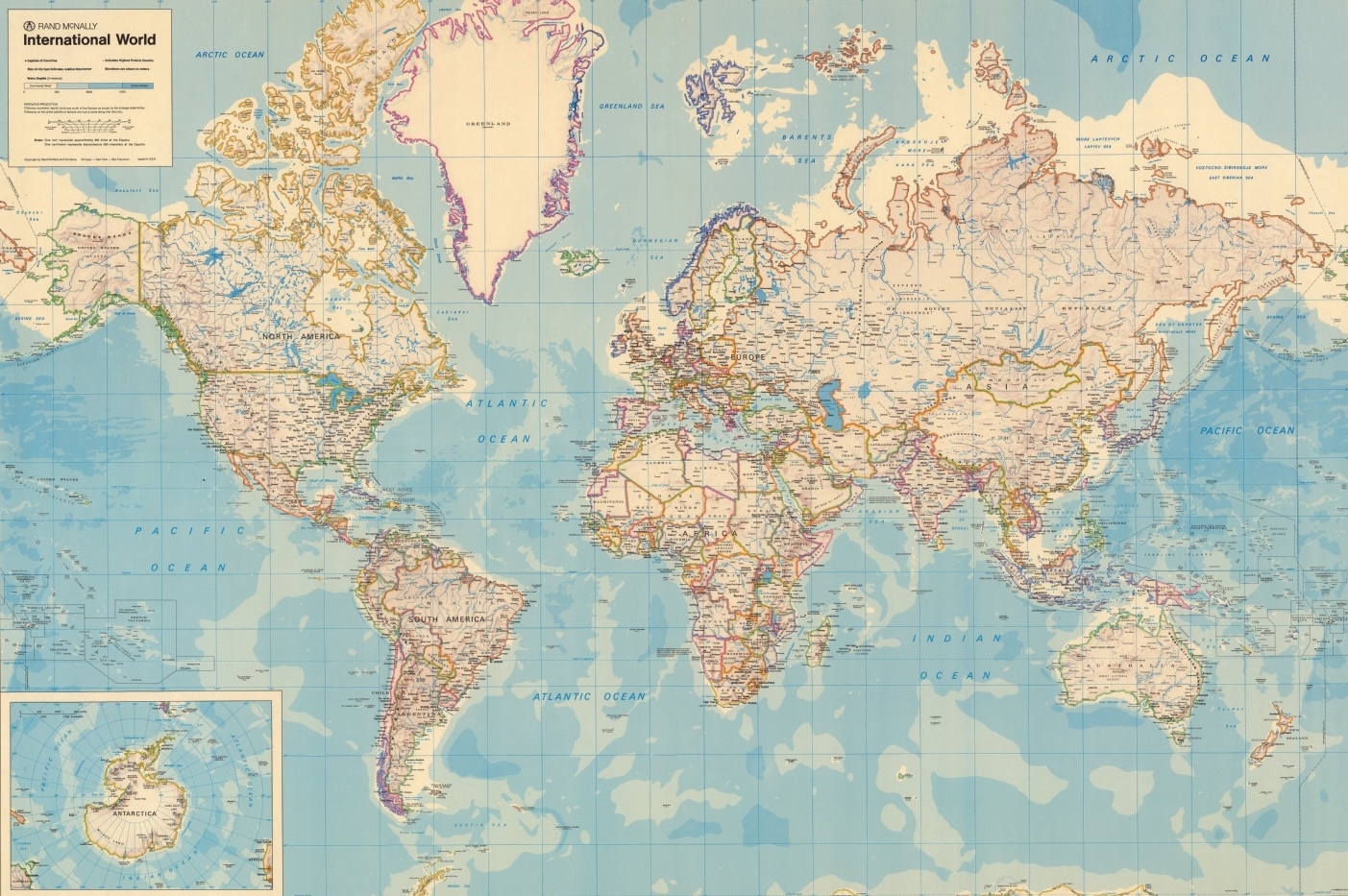
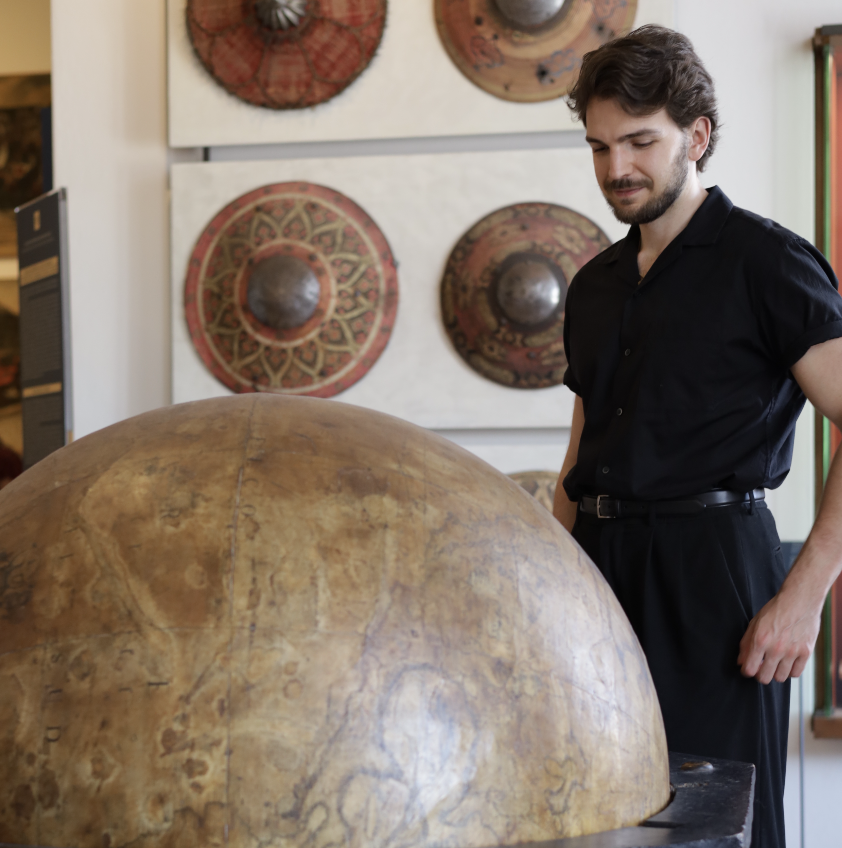
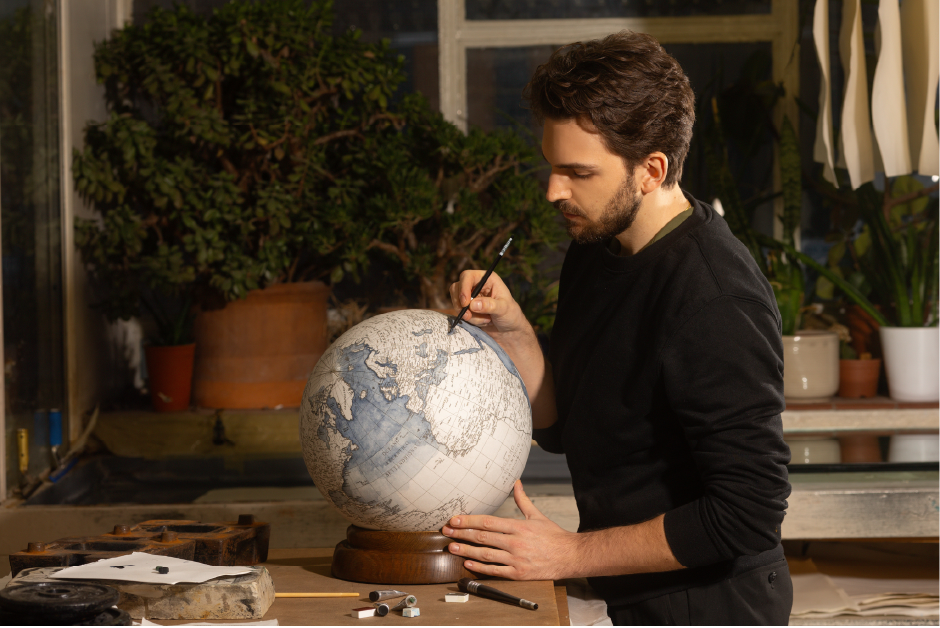
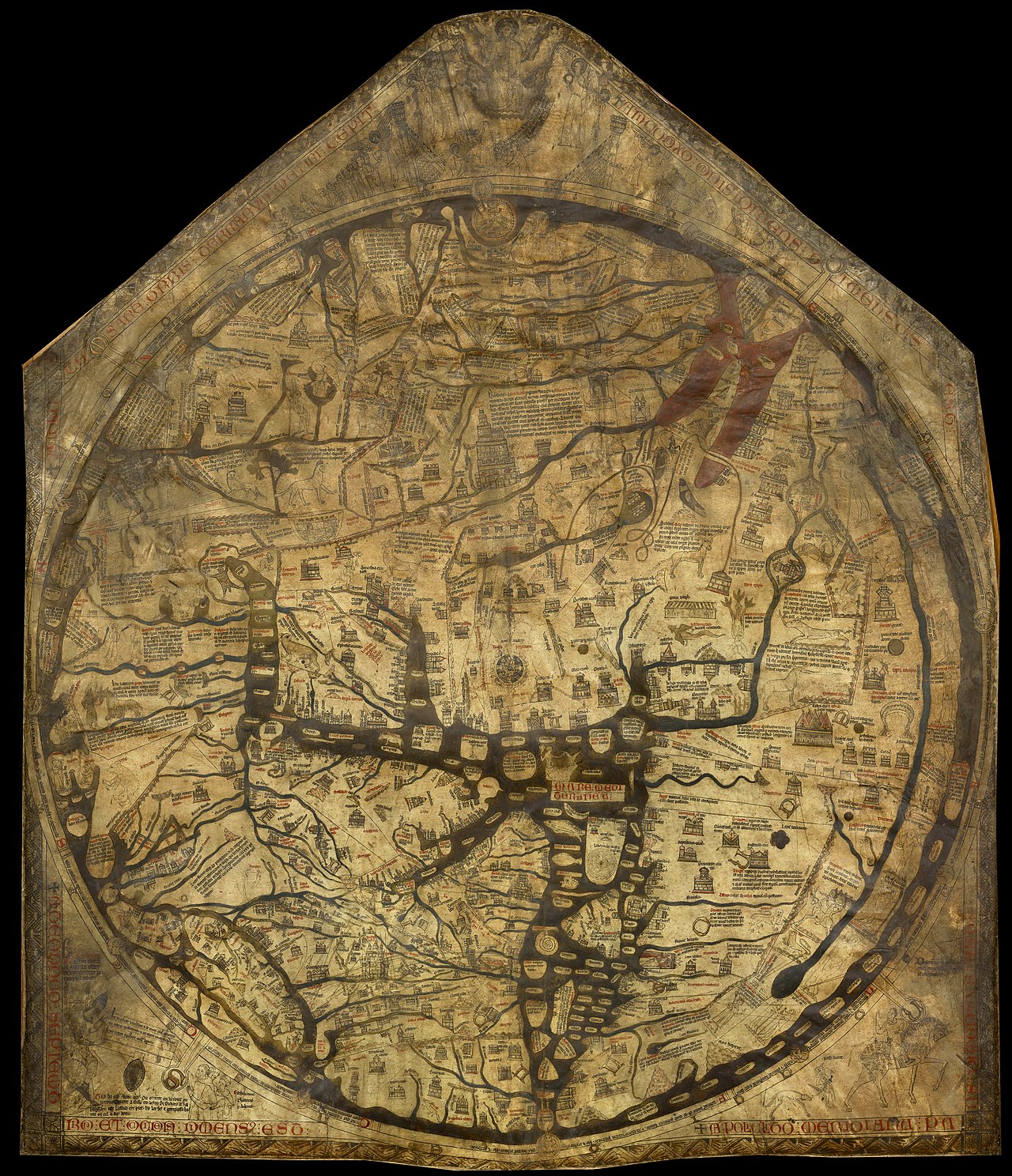
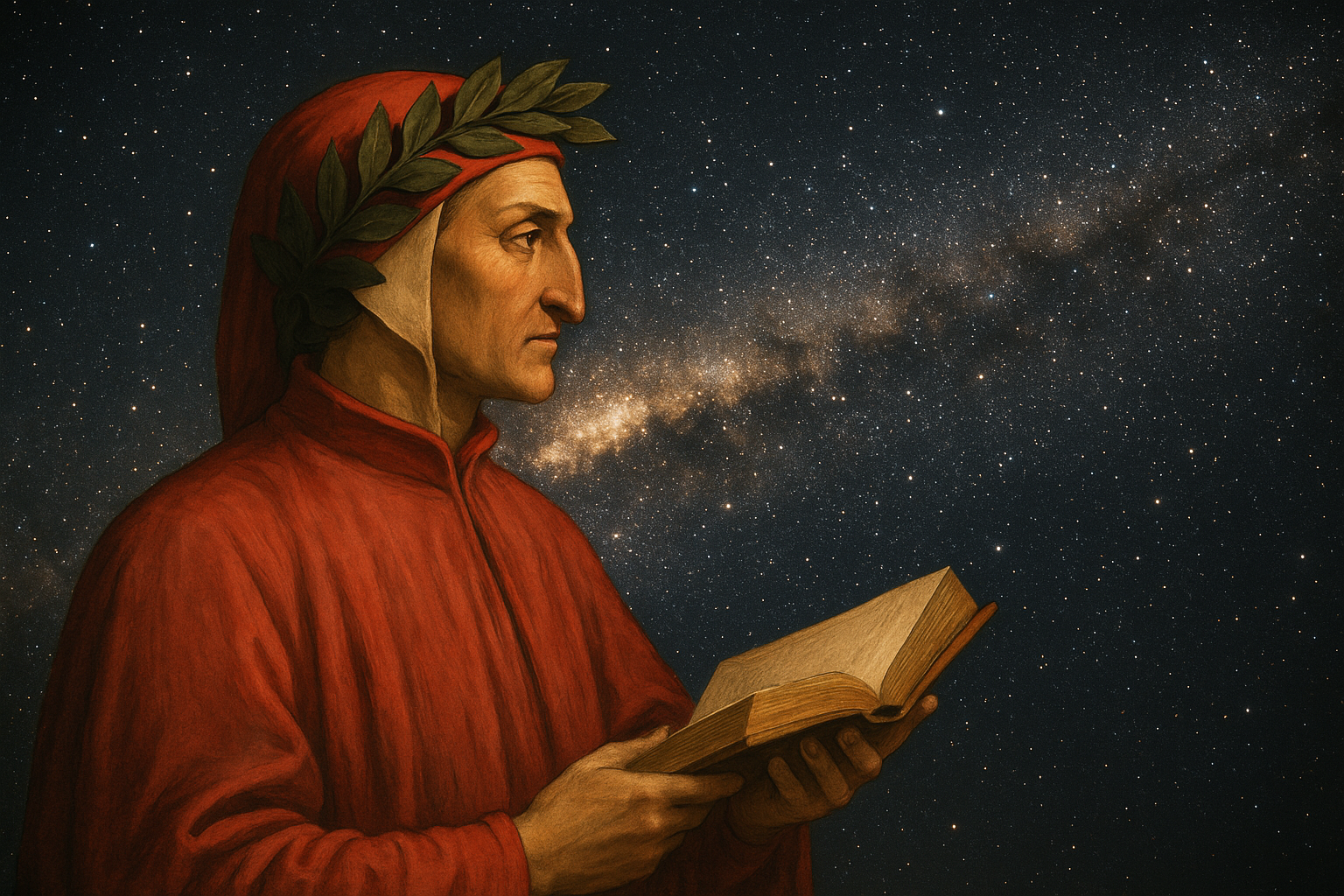
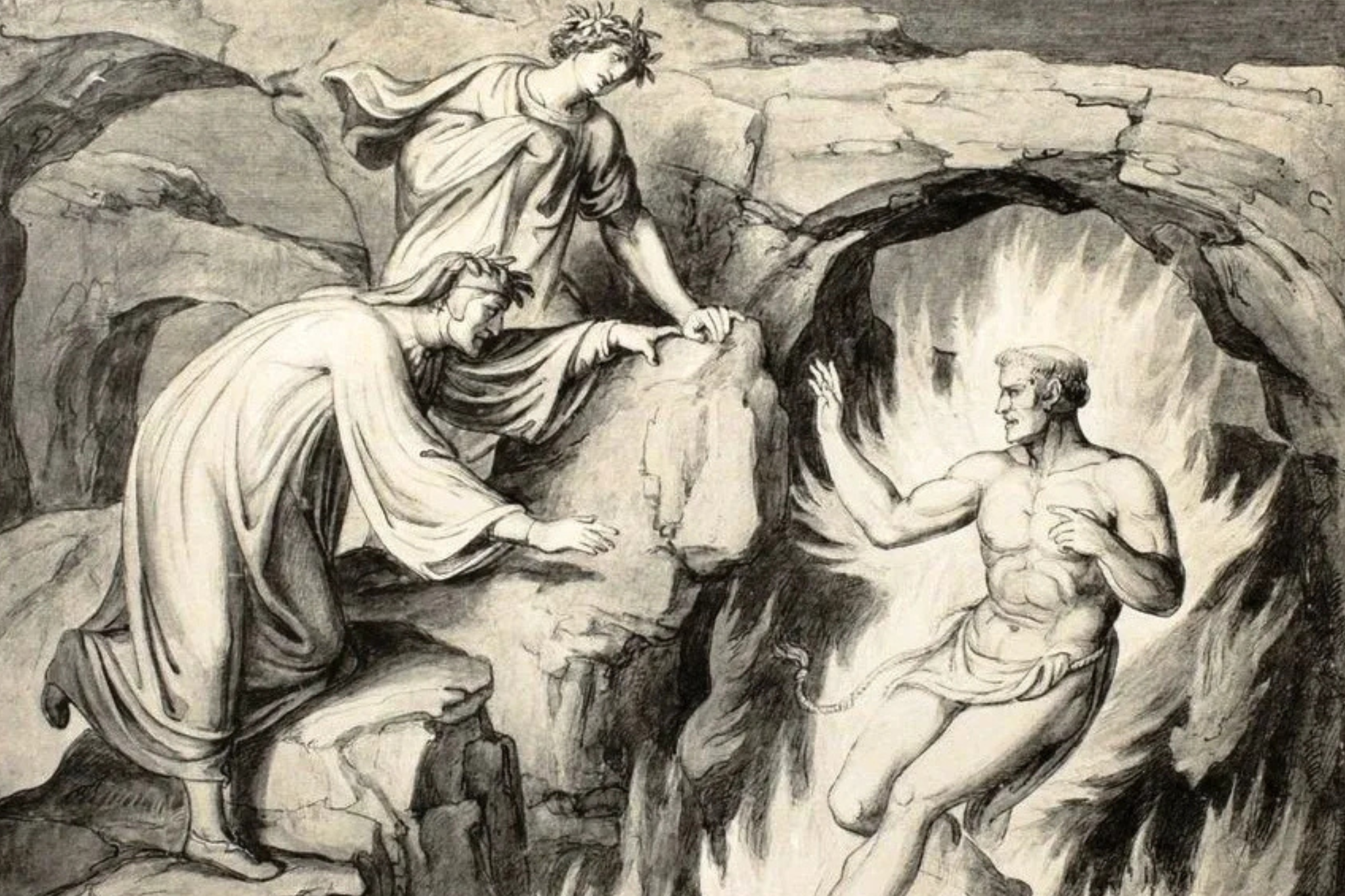








.avif)